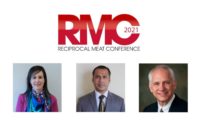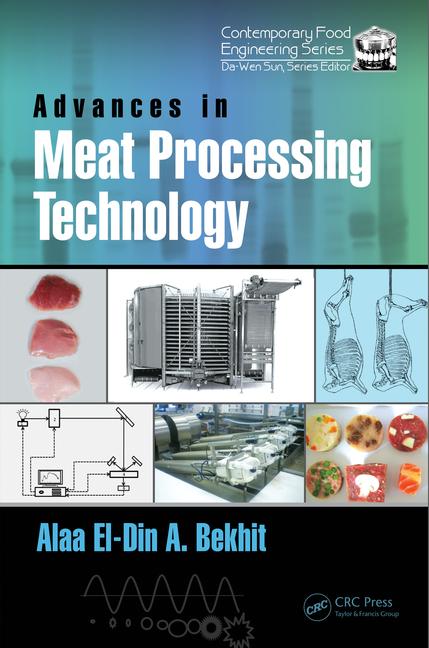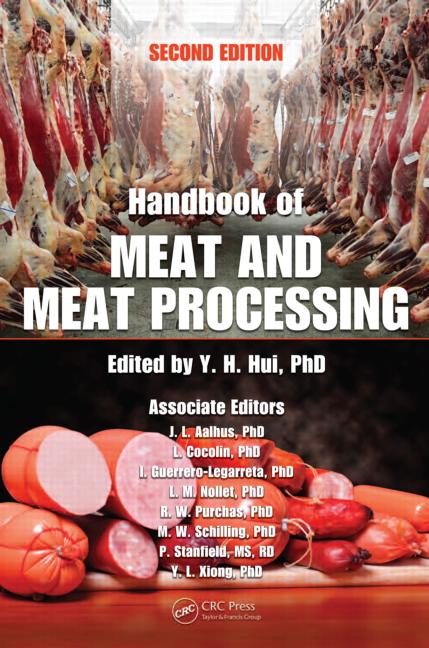AMSA announces white paper on sodium nitrites in meat processing

The American Meat Science Association Scientific Information Committee recently completed the work on a much anticipated white paper, “Sodium Nitrite in Processed Meat and Poultry Meats: A Review of Curing and Examining the Risk or Benefit of Its Use,” written by AMSA members Drs. Jeffery Sindelar and Andrew Milkowski. The American Meat Science Association commissioned this report to bring clarity to the discussion currently taking place within the meat industry and with policy makers and consumers concerning the use of sodium nitrite in processed meat and poultry meats.
Curing with nitrite has been used, essentially, for thousands of years to produce safe and nutritious products and to effectively preserve meat. Since the controversies about the safety of nitrite that started in the mid-20th century, much has been learned about nitrite and heme chemistry and the overall metabolism of nitrogen oxides in humans.
Curing practices in the meat and poultry industries have been adjusted using the knowledge obtained about nitrosamine risks. The ongoing research focused on the metabolism of nitric oxide, nitrite, and nitrate appears to reaffirm the safety and benefits of current curing practices.
The challenge to meat scientists is two-fold.
-
First, to continually broaden their understanding of curing in the context of human physiology and metabolism of nitrite and to keep current on the medical literature in this area.
-
Second, to effectively educate a broad community of public health scientists, nutritionists, and the general public about the fundamental role of nitrite in biology in order to address their fears and concerns about adverse health effects from consuming cured meat and poultry products.
The executive summary of the white paper is available at www.meatscience.org/SodiumNitriteReview.aspx.
The complete White Paper in a PDF Format is available at www.meatscience.org/SodiumNitriteReview.aspx.
To purchase a printed copy, please visit www.lulu.com/product/paperback/sodium-nitrite-in-processed-meats/18648785.
Source: AMSA
Looking for a reprint of this article?
From high-res PDFs to custom plaques, order your copy today!








